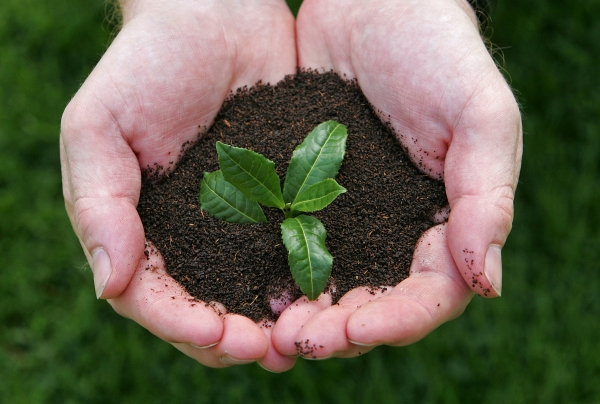Researchers and scientists are always curious to find life on other planets and tries to find whether other planets could ever sustain life. NASA is trying to find an answer to one such question and is planning to grow plants on moon, with the assistance of a robot, few cameras and thousands of schoolchildren.
In 2015, a group of NASA scientist named as The Lunar Plant Growth Habitat Team, along with volunteers, contractors and students will be trying to bring life on other planet, which has been never attempted so far. In coffee can sized aluminium containers laced with camera, sensors and electronics to monitor the plant growth, the scientists plans to breed arabidopsis, basil, sunflower and turnips. These cylinders will behave like a habitat and will control its temperature, water intake and power supply in order to sustain in severe lunar climate. Such an experiment will help in better understanding whether the plants can survive in small controlled environment with partial gravity and harsh radiations. This will also provide better understanding how does plants cope up with harsh climatic conditiosn and help us to grow crops in unfavorable climatic conditions or areas where so far growing of vegetation was not possible.
For the first time NASA will be joining hands with school students. The schools will be provided with similar plants set in containers, which is being send to the moon. This way NASA will get the experiment done multiple times without investing much and will get different results from these schools giving a better insight on plant growth. As per Dr. Chris McKay, a planetary scientist, the same venture would have cost $300 million two decades ago but now NASA can undertake the same project for under $2 million. And so even if the project fails to meet the expected results it would not mean a huge loss for the NASA.
This out of the box project is being supported by The Google Lunar X Prize (twenty million dollars) and will be awarded to any company that lands on moon, tour across the surface and can send back at-least two “Mooncasts” by December 31,2015.
As per the agency,We are constructing a small technology demonstration unit to study germination of plants in lunar gravity and radiation on the Moon. The self-contained habitat will have a mass of about 1 kg and would be a payload on a commercial lunar lander – the Moon Express lander, part of the Google Lunar X-prize competition.
We have to wait until 2015 to see the first plant growing on Moon and later we may even extend such experiment on other planets. In future may be it would be possible for the humans, to grow food on moon to meet the increased food demand on earth, to travel to moon on vacations and may be settle there on the long run.
Source: Nature World News




